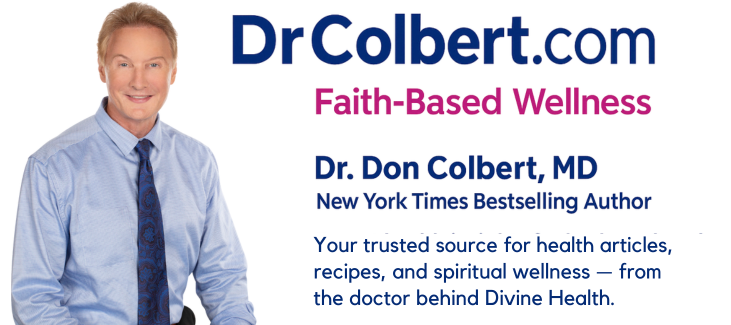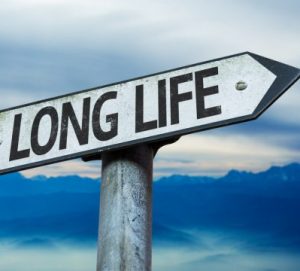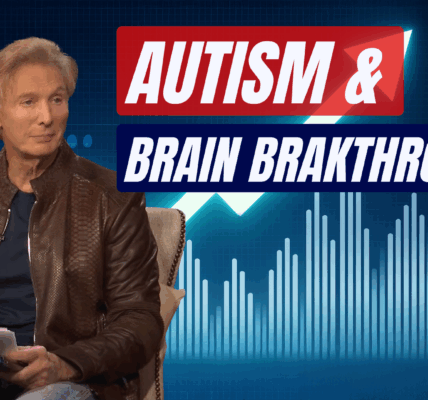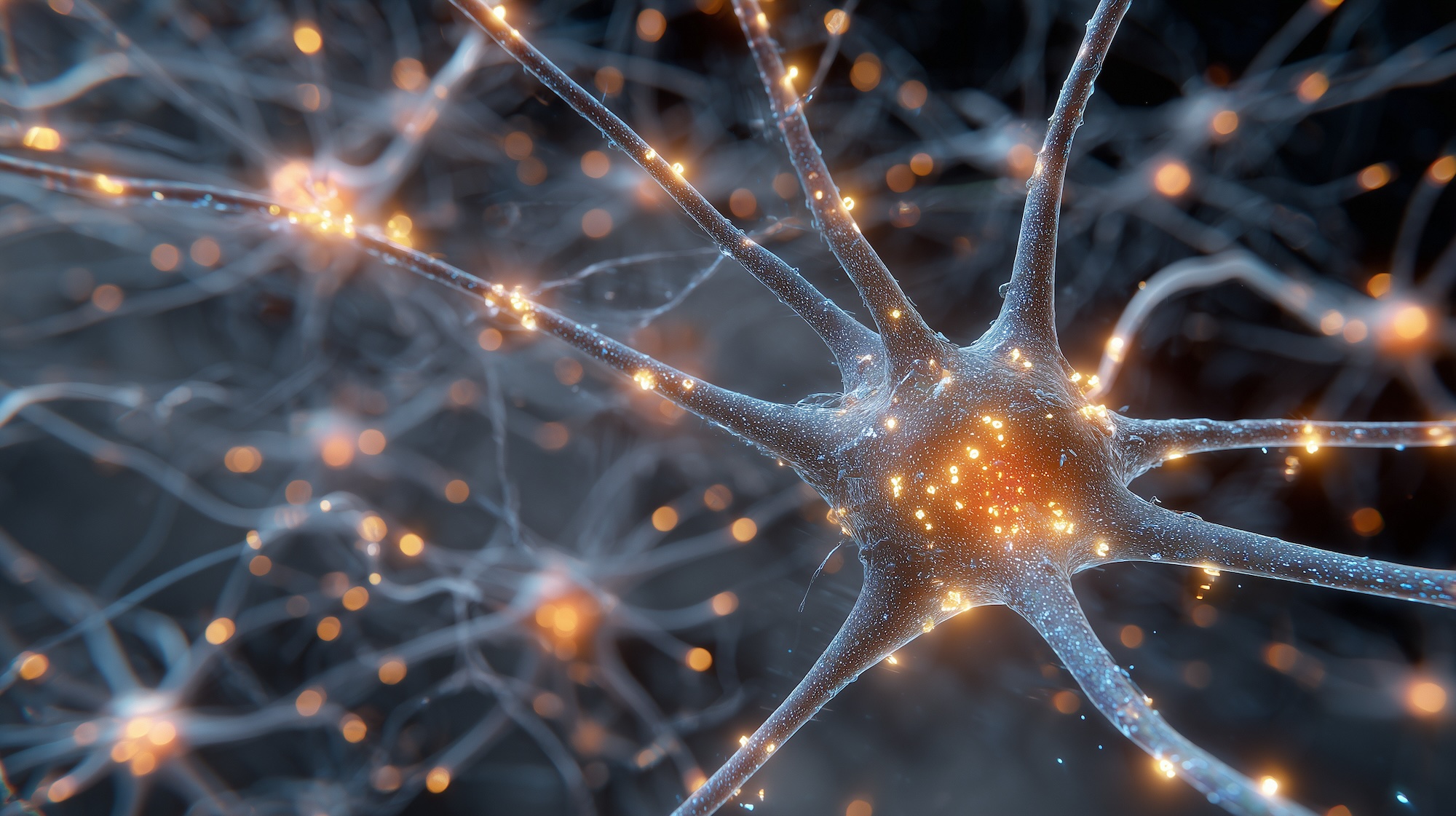- Homepage
- Healthy Living Articles
- Heaven is Real: Groundbreaking Near-Death Experience Studies Provide Unforgettable Proof
Heaven is Real: Groundbreaking Near-Death Experience Studies Provide Unforgettable Proof
Proof of Heaven: Insights from Near-Death Experiences
As a physician and a believer in the existence of God, Jesus Christ and a heavenly realm, I find the extensive research on near-death experiences (NDEs) profoundly compelling. Dr. Jeffrey Long, a radiation oncologist and prominent researcher, has dedicated over three decades to studying NDEs. His findings offer significant evidence that not only suggests life after death but also provides a glimpse into what I would describe as heaven.
Dr. Long’s journey into the study of NDEs began during his medical residency when he stumbled upon an article in the Journal of the American Medical Association. This article detailed patients who had experienced cardiac arrest and reported conscious awareness and observations during their comatose state, which medically should have been impossible. Intrigued, Dr. Long embarked on a lifelong quest to understand these phenomena, amassing the largest NDE database in the world through his website, the Near Death Experience Research Foundation (NDERF).
Key Studies Supporting the Existence of Heaven
Several studies referenced by Dr. Long provide compelling evidence for the reality of NDEs and the existence of a heavenly realm:
- Dr. Pim van Lommel’s Prospective Study: Dr. van Lommel’s study followed near-death experiencers for several years, finding that their memories of the experience remained unchanged over time. This consistency suggests that NDEs are not fabricated or altered by time but are deeply ingrained, real experiences.
- Dr. Bruce Greyson’s Longitudinal Study: Dr. Greyson conducted a study where he assessed the memories of NDEs over a 20-year period using a standardized test. The results showed no significant change in the details of these experiences, further validating their authenticity.
- The AWARE II Study by Dr. Sam Parnia: This study attempted to measure consciousness during cardiac arrest using EEGs. While the sample size was small, it reinforced that consciousness can persist even when brain activity is undetectable, challenging the notion that consciousness is solely a product of brain function.
Heavenly Realms and Encounters with Divine Beings
Dr. Long’s database includes over 4,000 NDEs, many of which describe encounters with a heavenly realm filled with love, peace, and indescribable beauty. These experiences often include encounters with “beings of light” or “divine beings,” terms used in the studies to describe entities that many Christians, including myself, interpret as Jesus or His angels. The consistency of these descriptions across cultures and religions suggests a universal truth about life after death.
One notable case is that of Dr. Eben Alexander, a Harvard neurosurgeon who had a profound NDE during a severe meningitis infection. Dr. Alexander described a heavenly realm where he encountered a divine being emitting pure love and light. Despite his scientific background, he became convinced of the reality of this heavenly place and the existence of a divine presence.
Shared Near-Death Experiences
Another fascinating aspect of Dr. Long’s research is shared near-death experiences, where two or more people simultaneously have an NDE during a life-threatening event. These shared experiences provide further evidence of a collective, objective reality beyond our physical existence. In one case, a man and his fiancée were in a car accident. Both had an NDE where they rose above the scene and were greeted by loving beings. The man’s fiancée continued to the heavenly realm, while he was sent back to his body, confirming the separation and continuation of consciousness after death.
Faith and Health
Numerous studies have shown that people who have faith in God tend to live longer, healthier lives. Faith provides a sense of purpose, community, and hope, which can significantly enhance one’s ability to combat illness and cope with stress. For instance, research published in the Journal of Aging and Health found that regular attendance at church was associated with longer lifespans. Another study in Psychosomatic Medicine indicated that individuals with strong religious faith had better immune function and lower blood pressure. These findings suggest that humans are designed to thrive when they believe in a higher power, reinforcing the idea that faith is an integral part of our being.
A Scriptural Affirmation
The extensive research on NDEs conducted by Dr. Jeffrey Long and his colleagues provides persuasive evidence for the existence of a heavenly realm and life after death. These experiences offer a glimpse into a place of profound peace and love, where we may encounter divine beings. As Jesus said in John 14:6, “I am the way, the truth, and the life. No one comes to the Father except through me” and in 1 Corinthians 2:9 it says “However, as it is written: ‘What no eye has seen, what no ear has heard, and what no human mind has conceived’—the things God has prepared for those who love him.” This scriptural affirmation brings together the evidence from NDEs and the teachings of the Bible, offering hope and reassurance to believers and a compelling case for skeptics.
References:
- Long, J. (2021). Evidence of the Afterlife: The Science of Near-Death Experiences.
- Van Lommel, P. (2001). Near-Death Experience in Survivors of Cardiac Arrest: A Prospective Study in the Netherlands. The Lancet.
- Greyson, B. (2007). The Near-Death Experience Scale: Construction, Reliability, and Validity. Journal of Nervous and Mental Disease.
- Parnia, S., et al. (2014). AWARE—AWAreness during REsuscitation—A prospective study. Resuscitation.
- McCullough, M. E., et al. (2000). Religious involvement and mortality: A meta-analytic review. Health Psychology.
- Koenig, H. G. (2001). Religion and medicine II: Religion, mental health, and related behaviors. International Journal of Psychiatry in Medicine.
- Idler, E. L., & Kasl, S. V. (1997). Religion among disabled and nondisabled persons II: Attendance at religious services as a predictor of the course of disability. The Journals of Gerontology Series B: Psychological Sciences and Social Sciences.

















